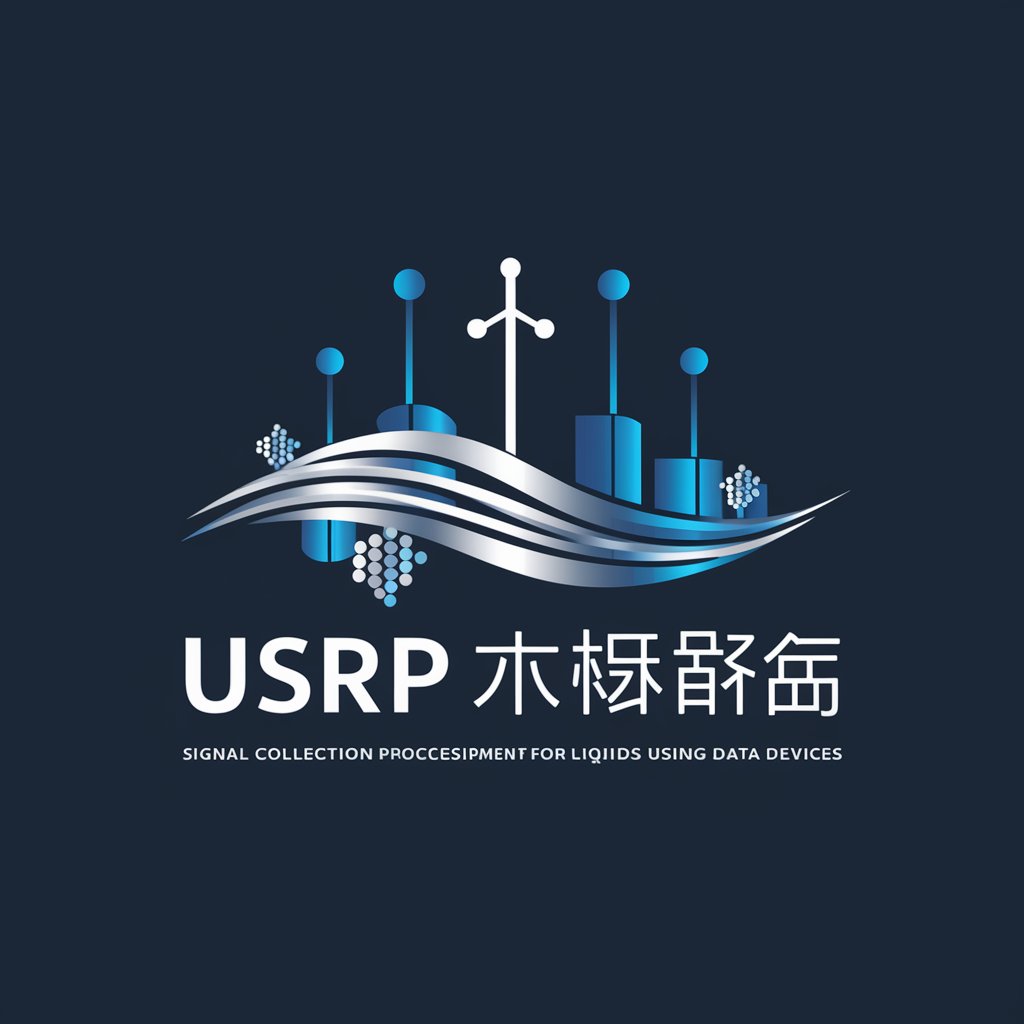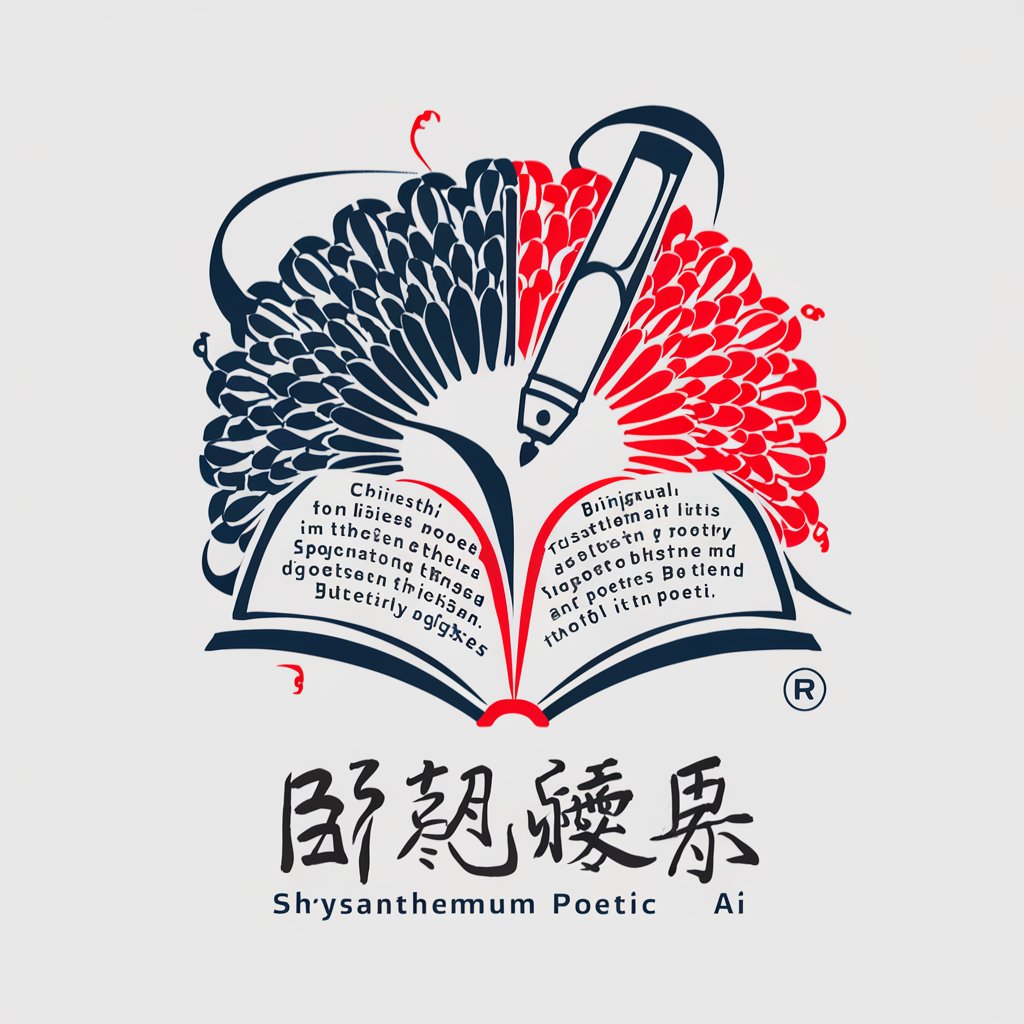USRP数据分析 - Liquid Recognition System

Hello, ready to dive into data analysis with USRP?
Unlock liquid secrets with AI-driven signal analysis.
Analyze signal characteristics from different liquids using Python.
Develop a machine learning model for liquid classification.
Implement data preprocessing techniques for USRP signal data.
Optimize signal processing algorithms for real-time analysis.
Get Embed Code
Introduction to USRP Data Analysis (USRP数据分析)
USRP数据分析 focuses on developing Python code for data analysis in signal collection from different liquids at various frequencies using a Universal Software Radio Peripheral (USRP). Its design purpose is to aid in signal processing and machine learning for clustering liquids based on their unique signal characteristics, referencing specific academic papers and utilizing provided data samples. An example scenario involves distinguishing between different types of liquids, such as glucose, NaCl solutions, and water, by analyzing the signal attenuation properties at multiple frequencies, thus enabling applications in non-invasive liquid recognition systems. Powered by ChatGPT-4o。

Main Functions of USRP数据分析
Signal Collection and Preprocessing
Example
Collecting signals from different liquids (e.g., water, glucose, and NaCl solutions) at varying frequencies using USRP, followed by signal preprocessing to reduce noise and extract relevant features.
Scenario
Used in environments where identifying liquid composition is crucial, such as quality control in food manufacturing or laboratory research.
Signal Analysis for Liquid Recognition
Example
Analyzing the preprocessed signals to determine the unique characteristics of each liquid, utilizing signal attenuation properties and applying machine learning techniques for classification.
Scenario
Employed in healthcare for non-invasive blood glucose monitoring or in environmental studies for water quality assessment.
Data Visualization and Interpretation
Example
Visualizing the analysis results to interpret the unique signal patterns of different liquids, facilitating easier understanding and decision-making.
Scenario
Useful in educational settings for teaching concepts of signal processing and liquid properties, or in research presentations to convey findings.
Ideal Users of USRP数据分析 Services
Researchers and Academics
Individuals in universities or research institutions focusing on chemical analysis, environmental science, or healthcare can leverage USRP数据分析 for innovative experiments and studies.
Industry Professionals
Professionals in the food and beverage industry, pharmaceuticals, and environmental monitoring can utilize USRP数据分析 for quality control, non-invasive testing, and ensuring regulatory compliance.
Educators and Students
Educators teaching courses in signal processing, machine learning, or chemistry can use USRP数据分析 as a practical tool to enhance learning, while students can use it for projects and research.

Usage Guidelines for USRP数据分析
Start your journey
Begin by visiting yeschat.ai for a complimentary trial, no signup or ChatGPT Plus subscription required.
Hardware and Software Setup
Ensure you have a USRP (Universal Software Radio Peripheral) device and the necessary software installed on your computer, such as GNU Radio for signal processing.
Signal Collection
Collect signal data from various liquids at different frequencies using your USRP device, focusing on the unique characteristics of each liquid's signal.
Data Analysis
Analyze the collected signal data using Python and libraries like NumPy and SciPy to identify patterns and cluster liquids based on their signal properties.
Optimization and Experimentation
Experiment with different signal processing techniques and machine learning models to improve the accuracy of liquid identification. Keep exploring and adjusting parameters for optimal results.
Try other advanced and practical GPTs
內經專家GPT
Unlock ancient medical wisdom with AI

雍正爷
Revive history with AI-powered Emperor Yongzheng.

八股蛇姬女帝
Empowering your interview success with AI-driven insights.

Mario Wonder Strate マリオ攻略
Strategize, Play, Conquer - With AI

赛博马督工\马前卒
Empowering Your Inquiry with AI-Driven Insights

建築現場監と君 (40歳 建築現場監督歴20年のパイセン)
Expert advice for construction projects, powered by AI.
易经博士
Unlock Ancient Wisdom with AI

易经博士
AI-Powered Insights into Fate and Life

数据分析专家
Empowering data insights with AI

双语 GPT
Master languages with AI-powered assistance

双语导师
AI-powered immersive language learning

双语洪诗人
Blending Knowledge and Artistry in Verse

Q&A about USRP数据分析
What is USRP数据分析?
USRP数据分析 involves using a Universal Software Radio Peripheral (USRP) for collecting and analyzing signal data from different liquids to identify and classify them based on their unique signal characteristics.
How does signal processing work in USRP数据分析?
Signal processing in USRP数据分析 utilizes digital signal processing techniques and algorithms to extract features from the collected signals, which are then used for analysis and classification of liquids.
Can USRP数据分析 distinguish between very similar liquids?
Yes, through precise signal collection and sophisticated data analysis techniques, USRP数据分析 can differentiate between liquids with very similar physical properties by identifying subtle differences in their signal patterns.
What are some challenges in USRP数据分析?
Challenges include accurately collecting signals in varying environmental conditions, dealing with noise and interference in signal data, and developing algorithms capable of effectively distinguishing between closely related liquids.
How can I improve my USRP数据分析 results?
Improvements can be made by refining the signal collection process, enhancing signal processing algorithms, increasing the dataset for better machine learning model training, and continuously experimenting with different analytical approaches.
